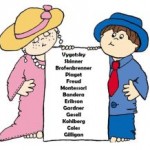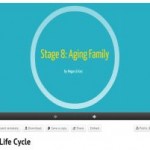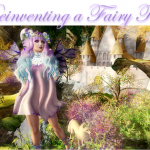
Since child development is based on the theories developed by the expert psychologists and their research, I like to give Child.Dev.Theoristsmy students an overview of them. Later on in the year, as I go over specific concepts like intellectual or social development, my students at least have a knowledgeable base of this information from which they can build upon. This interactive lesson has students putting their writing, oral presentation skills and creativity to work right away! As always, you can make this lesson your own by pre-selecting the theorists and resources as well as deciding if this is to be an individual or partner assignment. How will you teach about the theorists?








